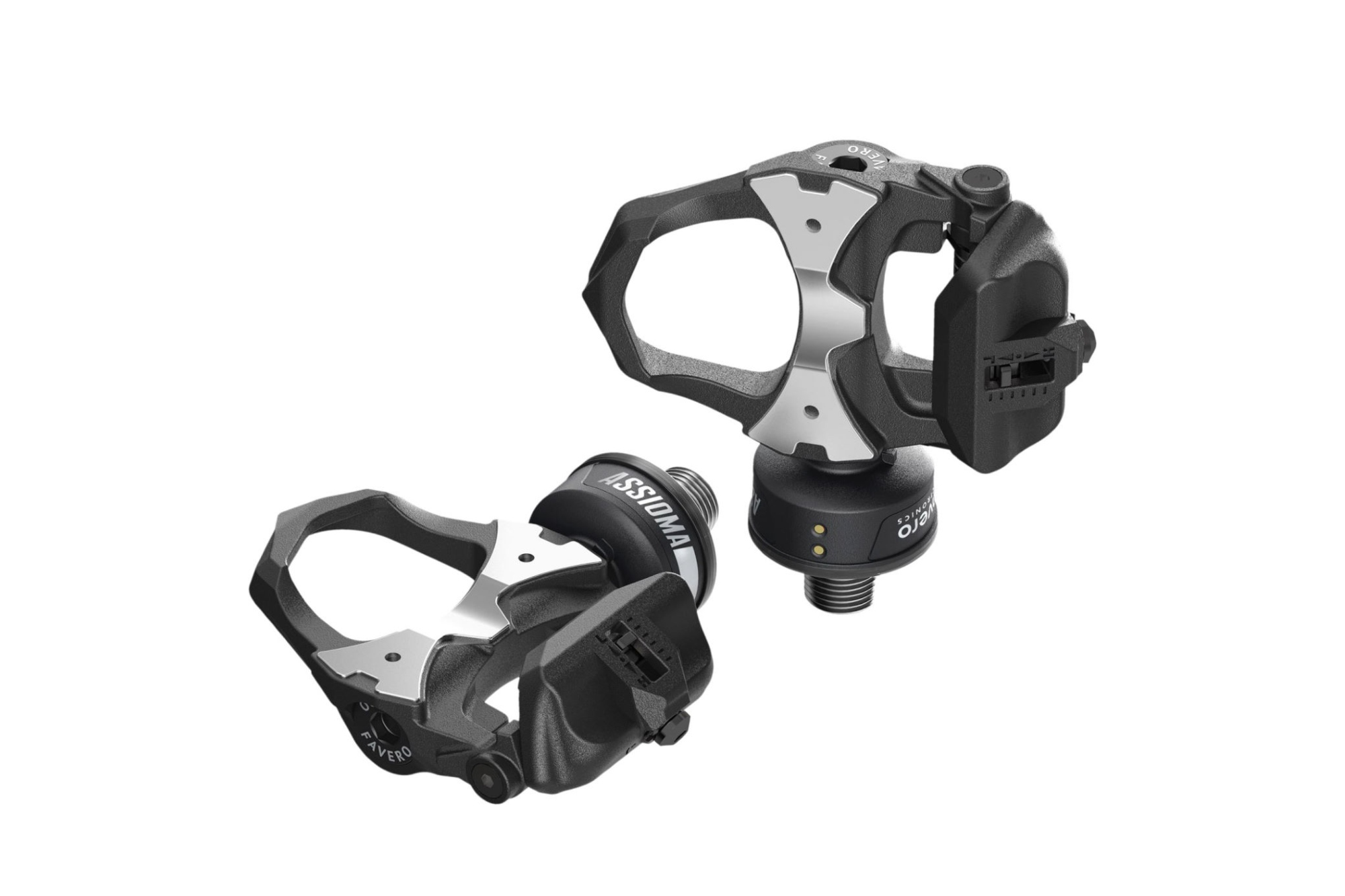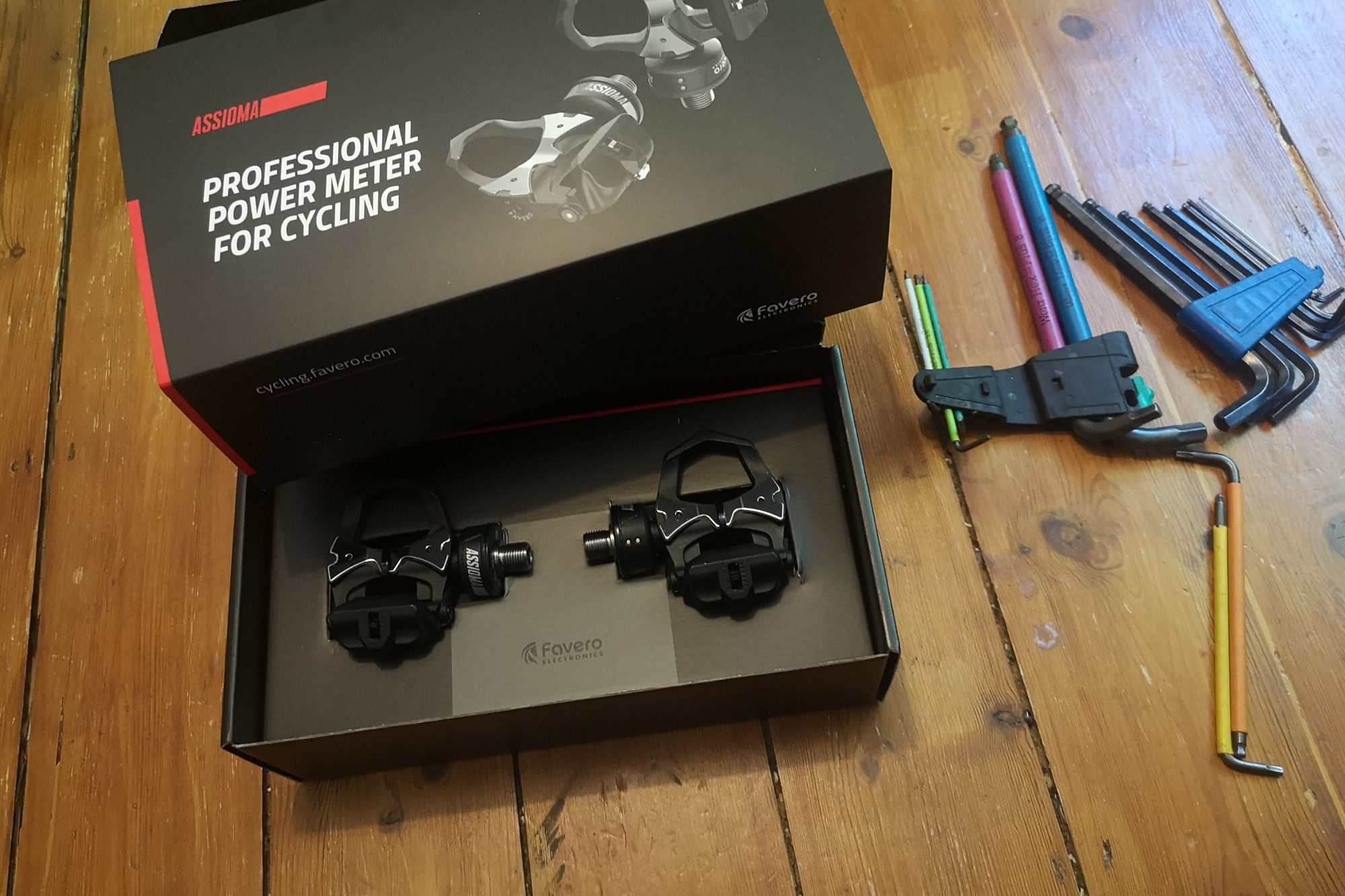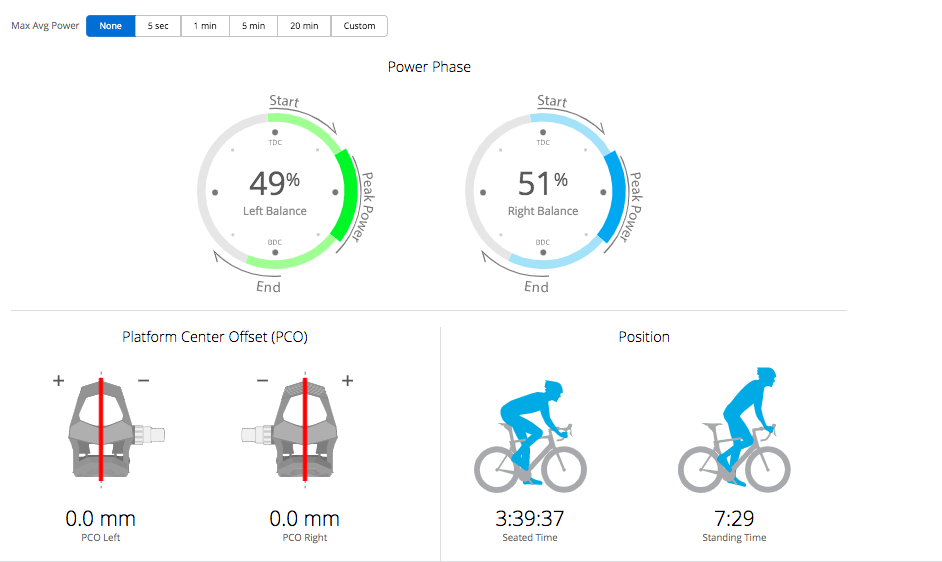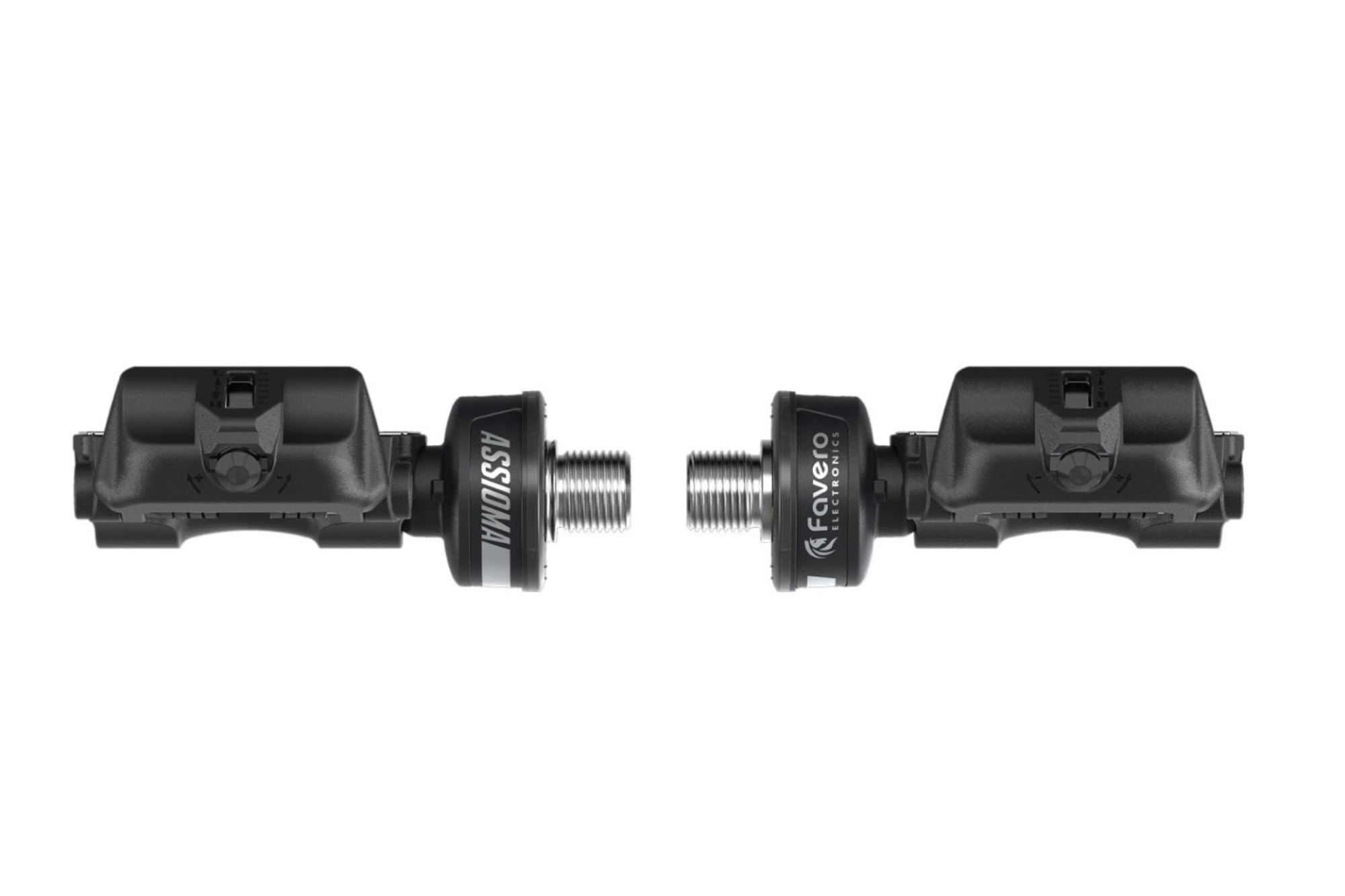Favero Assioma Duo pedals review
Could the Favero Assioma pedals be the ultimate transferable power meter?

Reliable power data, easy to charge and relatively lightweight. Of the power meter pedals on the market, these are the ones we recommend. It's just a shame that the pedal weighting isn't quite right.
-
+
Reliable
-
+
Rechargeable
-
+
Waterproof (so far)
-
+
Value for money
-
-
Pedal weighting
You can trust Cycling Weekly.

A power meter needs to be reliable first and foremost, with a low weight, and ease of swapping between bikes also high up on the agenda. Power meter pedals have long been considered the gold standard in ease of transferring between bikes, with reliability a struggle among early creations.
Of the power meter pedals, Favero's Assioma pedals have the lowest RRP. They're also the lightest, and they're the only option that offers an in-built, USB rechargeable battery. How reliable are they? Well, that's what we're here to find out.
Full disclosure: it's important to note that this is our second pair of Favero pedals. The first pair (reviewed in February 2018) was used for around a year before being left dormant in Cycling Weekly's tech cupboard. I brought them back into use in January 2020. They worked faultlessly for a month, and then all of a sudden stopped working. I contacted Favero, via the standard channels, initially without disclosing my position as a reviewer. Favero quickly arranged a replacement. It is the replacement pair that I have on test.
Tech specs, set up and charging
Favero's Assioma consists of a Look style pedal, with what can only be described as a flashing UFO housing ahead of the spindle.
Unlike competitors, (Garmin Vector and PowerTap P2) the Assioma pedals are USB rechargeable via a magnetic connection. They come with a claimed battery life of 50 hours.
A set weighs in at 302g - you can purchase a single power meter pedal (the 'Uno') which will take reading from one leg and double it to provide data. In any case, the Assioma pedals far outstrip competitors, with the Vectors at 323g and the P2s at 398g.
The latest race content, interviews, features, reviews and expert buying guides, direct to your inbox!
The accuracy, like the Vector pedals, is +/- 1%. The Q-factor is 54mm, which feels well within range of a standard pedal.
Fitting the pedals was extremely simple - I typically hand fitted them, using the round UFO body to wind the pedals in before tightening with an 8mm allen key. There's no set torque needed for these pedals to work. I removed them using the same 8mm allen key.

The pedals are Bluetooth and ANT+ compatible. I set crank length via my Garmin 1030, and calibrated the pedals. All of this process ran smoothly and could be completed via the app on a smartphone if preferred. Software updates can be administered via the app too.
The pedals can be charged via USB, with magnetic ports connecting the pedals and a proprietary charger. Downside: you're not going to find a replacement charger in your local supermarket should you lose this one. A replacement costs about £27. Upside: you don't need to undo any ports on the pedals to change the batteries, dramatically reducing the chance of water ingress and resultant damage.
IAV cycling dynamics
The Assioma's have a couple of party tricks up its sleeves. The brand claims it offers greater accuracy over competitors due to the use of an onboard gyroscopic sensor aiding 'instantaneous angular velocity (IAV)' measuring. This measures instantaneous values, as opposed to providing the average angular velocity of each revolution. Favero says that this helps to avoid inaccuracy which can be caused by irregular pedalling for example during an uphill sprint or when using oval chainrings.
Favero compliments this with IAV Cycling Dynamics - riders can analyse the effectiveness of their pedal stroke, compare time spent seated vs climbing, and also their left/right balance (as long as you use a Duo pair). Data can be displayed on a Garmin computer via the Cycling Dynamics fields. The brand says that its analysis is more accurate than competitors because of the IAV system, however, the nature of the data displayed is similar.
During testing, I frequently made use of the left/right balance analysis. I'm usually at about 49/51% - any slippage is usually a sign that I'm carrying an imbalance and need to up my core/stretching routine.

I checked out the pedal smoothness data and rider position information. Whilst I was quite horrified to note than on a recent ride, I spent 3 hours 39 minutes seated and stood for only 7 minutes, it's not something that I target or would frequently use as part of optimising my training. Ditto, I might look at pedal smoothness if riding on the rollers and aiming to create the 'pefect' pedal stroke, but it's not a tool I used day-to-day and I expect other riders would be similar.
The ride
I've been using these pedals solidly for five months. Of the power meter pedals currently available on the market, these are the ones I recommend.
Following vigorous testing on the road, indoors and on the velodrome (where some pedals struggle due to the lack of freewheeling) I have not noticed a single dropout or power spike. Not once have the pedals failed to connect to my computer, iPad (when using Zwift) or phone (to update Firmware).
The battery has consistently lasted as advertised, and when it comes to charging, I simply remove the pedals and connect them to my computer. I have to add that you don't need to remove the pedals to charge, it's just a personal preference.
I've ridden through puddles, freak rain storms and I've left a bike - with the pedals fitted - in a shed overnight with no protection from the cold.
Whilst it is unfortunate that the initial pair - reviewed in February 2018 - did eventually fail, these would have been from a much earlier batch. It's also not recommended to leave a device such as this dormant, with no Firmware updates for a year. Therefore, I'm confident that buyers can expect consistent performance from the Favero Assioma pedals.

As is always the case, there is, however a 'but'.
In 2019, Favero updated its pedal body, to improve the aesthetics and offer a wider release torque tension, from 8Nm to 20Nm vs the 11Nm to 20Nm range of the outgoing version. The increased tension range is welcome, and the pedal feels secure once located. The body itself was reliable and robust. However, the pedals still take a bit of effort to clip into, not because of the spring, but because of the pedal weighting.
The 'UFO' which houses the gubbins of the power meter is heavy, and therefore, the pedal spins awkwardly. This means that clipping in sometimes took a few attempts - and whilst this made video and photoshoots (where clipping out is frequent) a hassle, I can see this being a genuine concern for example at the start of a hard and fast crit race.
Value
The Assioma pedals retail at € 695,00 (£640.87). Whilst competitors can be purchased for that price via assorted price drops, we can only compare RRPs. The Powertap P2s retail at £845 whilst the Garmin Vector 3 pedals come in at £849, making the Assioma a clear winner there.
Michelle Arthurs-Brennan the Editor of Cycling Weekly website. An NCTJ qualified traditional journalist by trade, Michelle began her career working for local newspapers. She's worked within the cycling industry since 2012, and joined the Cycling Weekly team in 2017, having previously been Editor at Total Women's Cycling. Prior to welcoming her first daughter in 2022, Michelle raced on the road, track, and in time trials, and still rides as much as she can - albeit a fair proportion indoors, for now.
Michelle is on maternity leave from April 2025 until spring 2026.
